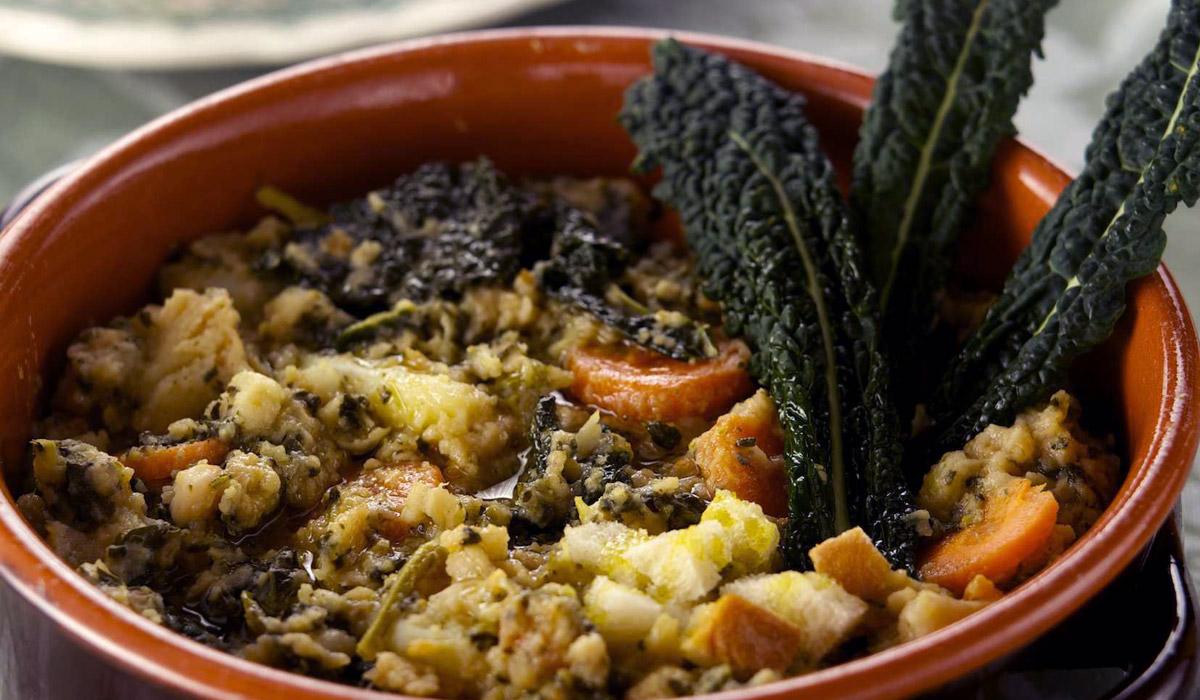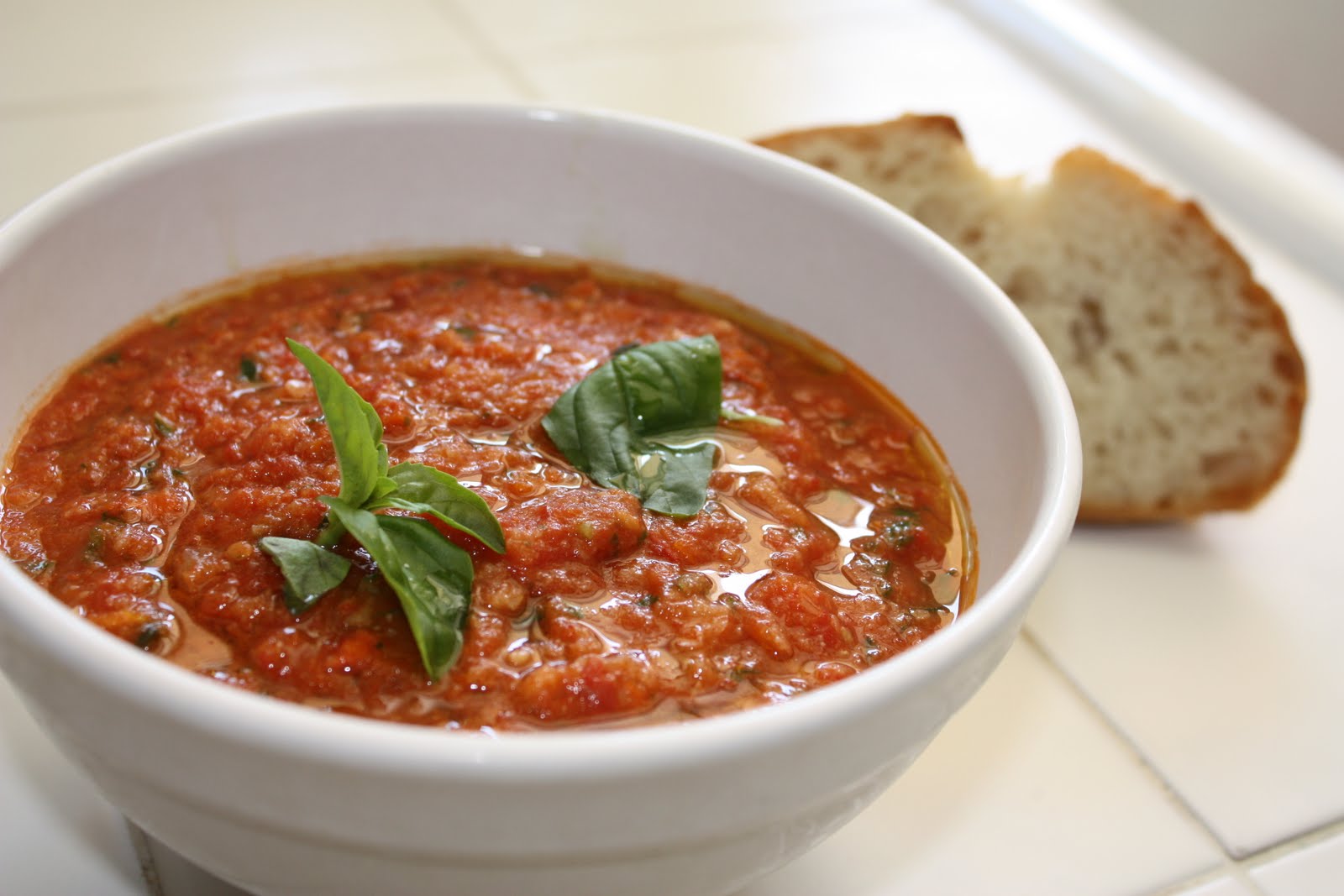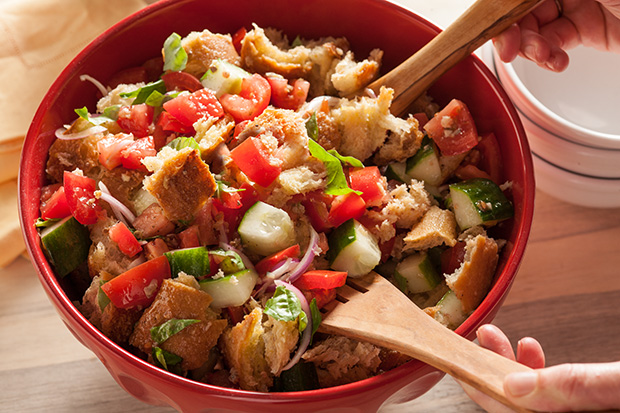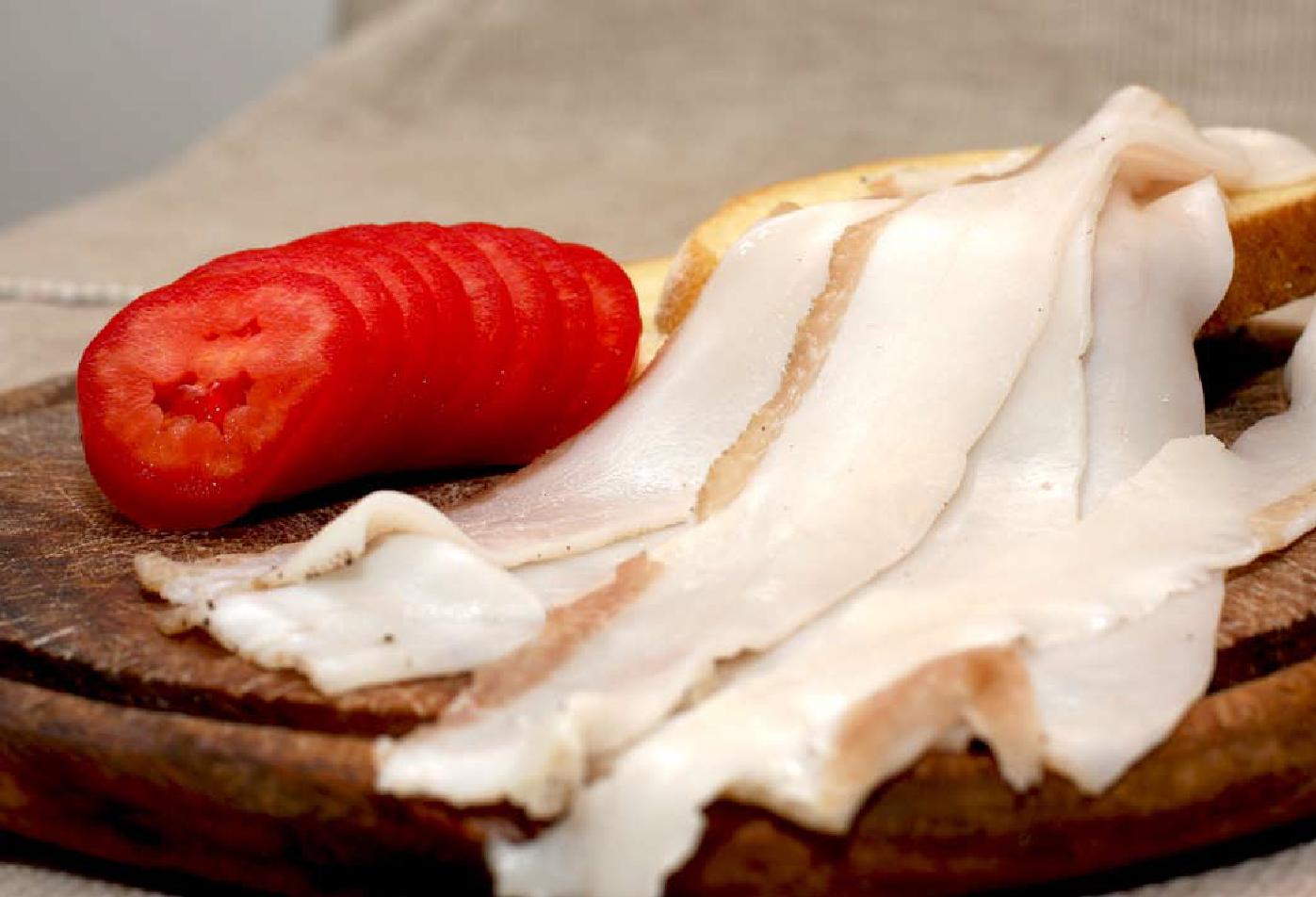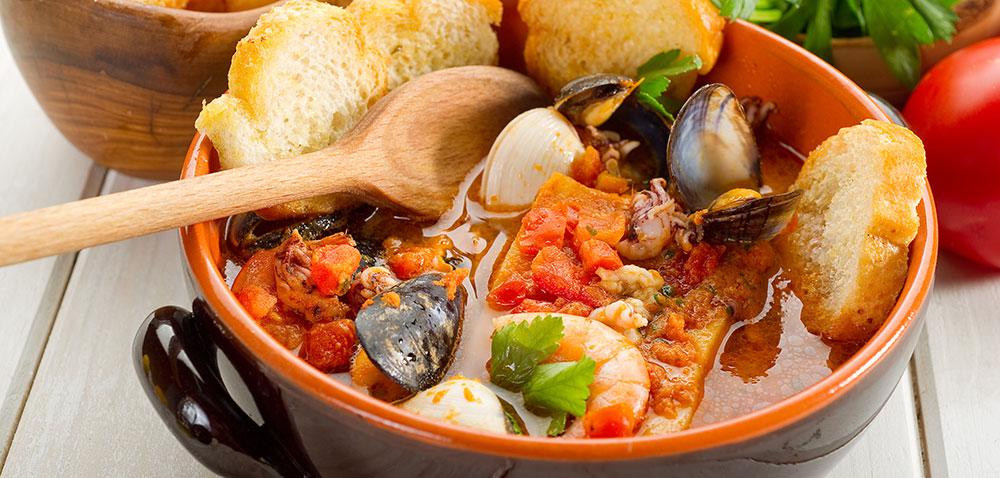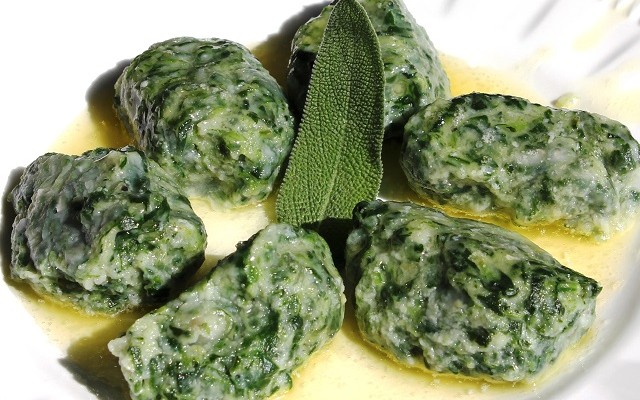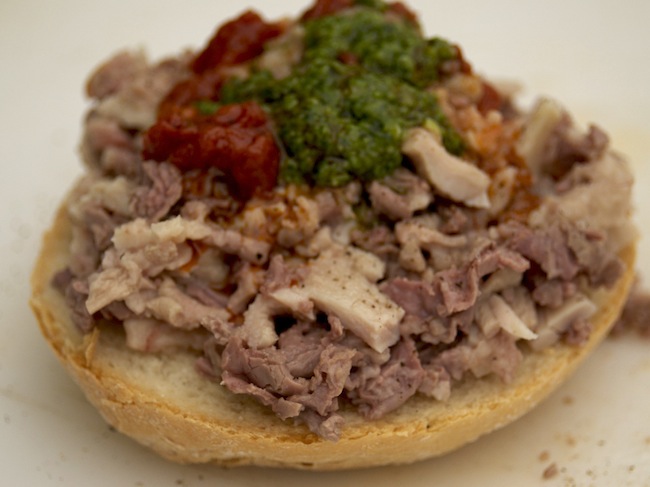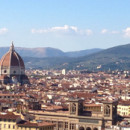Tuscan dishes: if you've never heard of Ribollita you haven't tried anything of Tuscan Food
This article is only for real foodies! If you hesitate when sitting in front of real traditional food but you are expecting to find only pizza and pasta in Italy, read no further. Here, we will speak about real Tuscan food: ribollita, pasta col pomodoro, lardo di colonnata, cacciucco, gnudi. Sick with us if you are interested in reading more! First and foremost let's clarify something really important: despite the fact that today's Italian cuisine is celebrated around the world as a reach one, Italian food - and Tuscan food in particularly - is based on "cucina povera" (poor cuisine). Some of the most traditional dishes' main ingredient is leftover bread (see Ribollita, Pappa col Pomodoro and Panzanella), others have as ingredients other kind of leftovers (see cacciucco and gnudi for example)! Last but not least, the king of Tuscan street food: lampredotto!
1. Ribollita
It is going to be hard to find this dish in regular restaurant. If you do find it in the menu, well you are in a good restaurant! Another fundamental info: this dish is a winter dish. It is served hot and it is usually soup-like. It should not be served in the summer, but in case you run into it in the menu anyway, we suggest you to avoid trying it with 30/40°! Ribollita is made of left-over bread, legumes, black cabbage, Italian "odori", and in general any leftover vegetable that is in the kitchen! Better to be garnished with some raw olive oil!
2. Pappa col Pomodoro
This could be considered an easier version of "ribollita". The main ingredient is leftover bread and the other one is tomato sauce! It is served hot and liquid and thanks to the tomato taste it just give that perfect taste of summer right in the middle of winter!
4. Panzanella
"Panzanella" can be regarded as the summer version of ribollita. In this case, leftover bread comes together with fresh ingredients: tomatoes, sliced onions and cucumber! One easy tip: leave the sliced onion in water with a spoon of vinegar for at least two hours to smoothen the taste and make the dish more balanced!
3. Lardo di Colonnata and other "affettati"
Italians in general are very proud of their "affettati", namely cold cuts. In Tuscany we have few traditional ones that are simply delicious. Lardo di Colonnata, the unhealthiest and amazingly tasty one, is named after a tiny village in Apuane Alps, in the north of Tuscany. It is pork fat aged in a marble basin together with some Italian spices. Other must-try are finocchiona and soprassata. Lardo di Colonnata is usually served as an antipasto, together with roasted bread and black cabbage. There are many other variants of Lardo's dishes! Try them all! 😉
4. Cacciucco
This dish is a fish soup with some roasted bread with tomato sauce. Today's recipe is with mussels, scampi, calamari, octopus and white fish. The original one was probably only a mix of the unsold fish at the market. Cacciucco was indeed the dish of fishermen. You will be able to find this dish in any fish restaurant!
5. Gnudi
Well, the name says everything. "Gnudi" means "nudi" in Tuscan dialect, which means "naked". Indeed, they are a naked version of ravioli: a ravioli without the pasta shell. So, a gnudo is basically a ball of ricotta, spinach and egg garnished with butter and sage. It is rare to find gnudi in the menu so don't miss the opportunity if you do find them!
6. Lampredotto
Lampredotto is a typical Florentine dish made from the fourth and final stomach of a cow. It owes its name to a fish that used to be abundant in Arno river (Florence's main river) and apparently resembles the appearance of this part of stomach when cooked. It can be served on a dish with a special "inzimino" sauce or on bread together with "salsa verde". You'll find it in many strees of Florence in temporary stalls.
Scuola Leonardo da Vinci Florence
Latest posts by Scuola Leonardo da Vinci Florence (see all)
- Christmas Magic in Florence: A Guide to Unmissable December Events - December 9, 2025
- The Charming Legend of Il Porcellino - November 10, 2025
- Italy: an immersion in the Art - discover our art with Italian language programs - October 6, 2025


